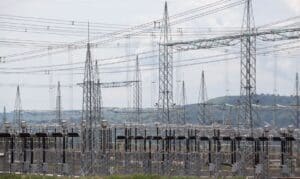The National Electric Energy Agency (Aneel) informed yesterday (28) that it will keep the tariff flag in green in March. There is no extra charge on the consumer's account. The flag was the same applied in February.
According to the agency, the green flag is due to recovery in reservoir levels. Because of the reasonable volume of rainfall in February.

“In February, the main hydroelectric reservoirs of the National Interconnected System (SIN) showed recovery of levels. Although due to the volume of rainfall close to the historical pattern for the month.
Favorable Hydrology
The forecast for March is for the maintenance of this favorable hydrological condition, which points to a scenario with a high participation of hydroelectric plants in meeting the demand of energy of the SIN, reducing the need to activate the thermoelectric park", informed Aneel.
According to the agency, the volume of rain was reflected in the reduction of energy prices in the short-term market (PLD) and costs related to hydrological risk (GSF). The PLD and the GSF are the two variables that determine the color of the flag to be activated.
Created by Aneel, the tariff flag system signals the real cost of generated energy, enabling consumers to make good use of electricity.
The operation of the tariff flags has three colors: green, yellow or red (at levels 1 and 2), which indicate whether the energy will cost more or less depending on the generation conditions.
“The funds paid by consumers go to a specific account and are then passed on to energy distributors to compensate for the extra cost of producing energy in periods of drought, informed Aneel.
Therefore, the surcharge charged on the account for triggering the yellow flag is R$ 1.34 per 100 kWh consumed. As for the red flag level 1, the most charged amount is R$ 4.16.
Therefore, for every 100 kWh and on level 2 of the flag, the value is R$ 6.24 per 100 kWh consumed. The green flag has no extra charge.


